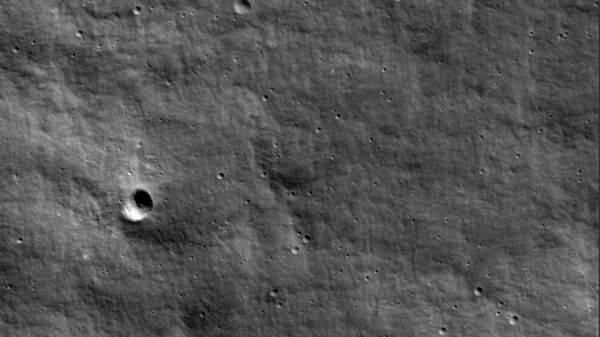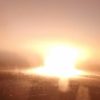
< strong>MOSCOW, December 28The study of the reasons for the abnormal operation of the Luna-25 automatic interplanetary station, which ultimately led to its collision with the Moon and destruction, continues, the Roscosmos press service told reporters on Thursday.
«Research is currently ongoing to determine the reasons for the abnormal functioning of the spacecraft, and a set of measures is being formed to prevent similar situations in the future,» the message says.
The press service recalled that the station was launched in August 2023 from the Vostochny cosmodrome on a Soyuz-2.1b rocket with a Fregat upper stage. It became the first domestic spacecraft in almost half a century to study the Earth's natural satellite.
During the flight to the Moon, the station took the first photographs from space using the STS-L television complex, and after entering lunar orbit, the station photographed the south polar crater Zeeman on the far side of the Moon. In addition, the device, using various instruments, measured the fluxes of gamma rays and neutrons from the surface of the Moon, and obtained the parameters of the lunar space plasma and the surrounding plasma in the lunar orbit.
In the end, however, as a result of issuing an incorrect corrective impulse, the station switched to an off-design orbit and ceased to exist, colliding with the surface of the Moon.
The launches of the following spacecraft — Luna-26 for research from the lunar polar orbit and the landing Luna-27 for taking and studying lunar soil samples are planned for 2027 and 2028.
< span class="share" data-nosnippet="true" data-id="1918318357" data-url="https://ria.ru/20231226/roskosmos-1918318357.html" data-title='"Roscosmos" will consider the idea of building stations "Luna-27", said Borisov'>
























































Свежие комментарии